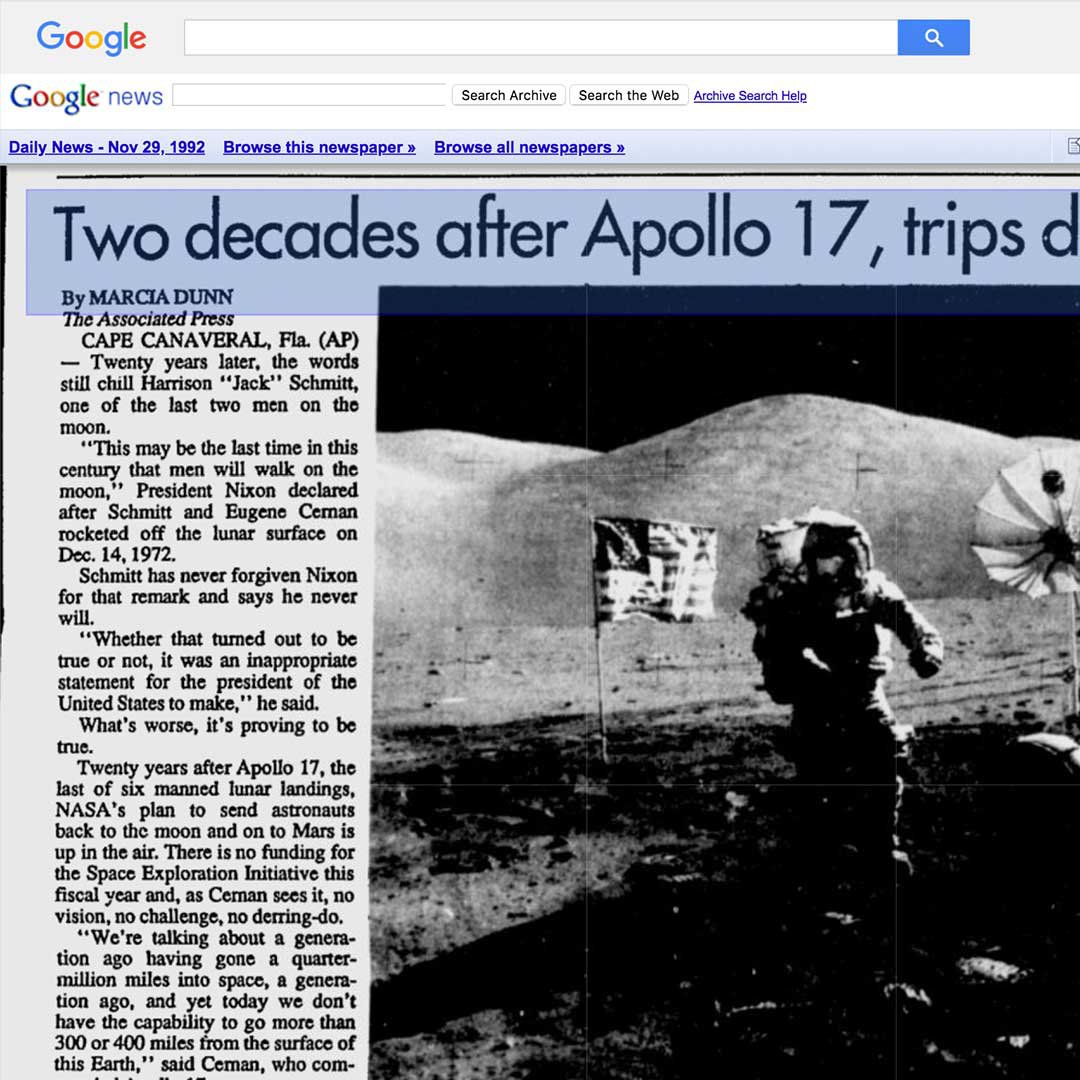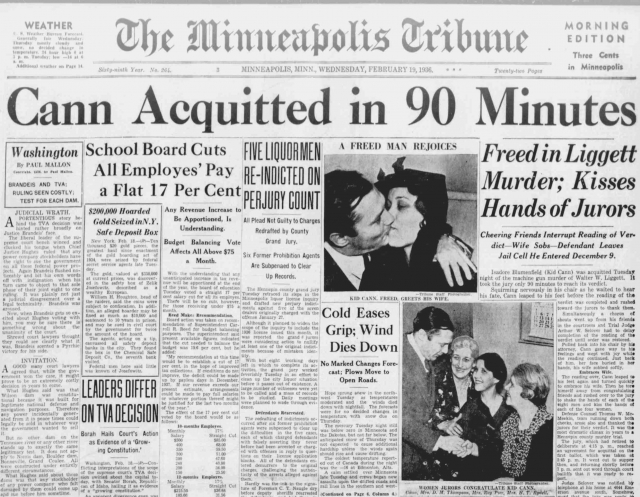The 8-Minute Rule for News Articles
Table of ContentsGetting My News Articles To WorkThe Best Strategy To Use For News ArticlesEverything about News ArticlesThe Single Strategy To Use For News ArticlesNews Articles Fundamentals Explained
Excellent expertise of different topics gives pupils an one-upmanship over their peers. Also though electronic and social media sites are easily available, we need to not fail to remember just how essential it is to review the newspapers. Parents should attempt and inculcate the routine of reading a newspaper as a day-to-day routine to proceed the legacy of the revered print tool.Information stories also include at the very least one of the adhering to vital qualities family member to the designated target market: distance, prestige, timeliness, human passion, quirk, or repercussion.
Within these restrictions, information tales also aim to be comprehensive. Amongst the bigger and a lot more revered newspapers, fairness and equilibrium is a major element in presenting info.
Newspapers with a worldwide audience, for instance, often tend to make use of a more official design of composing. The specific selections made by an information outlet's editor or content board are frequently accumulated in a design guide; usual style guides consist of the and the US Information Style Book. The major goals of information writing can be summed up by the ABCs of journalism: accuracy, brevity, and quality.
The Of News Articles
Generally, reporters will not use a long word when a short one will certainly do. They make use of subject-verb-object construction and vivid, active prose (see Grammar). They offer stories, examples and metaphors, and they rarely depend on generalizations or abstract ideas. News writers try to avoid utilizing the exact same word greater than when in a paragraph (occasionally called an "resemble" or "word mirror").
Nevertheless, headings often omit the subject (e.g., "Leaps From Watercraft, Catches in Wheel") or verb (e.g., "Pet cat lady lucky"). A subhead (also subhed, sub-headline, subheading, subtitle, deck or dek) can be either a subservient title under the major headline, or the heading of a subsection of the short article. It is a heading that precedes the major text, or a team of paragraphs of the primary text.

Extra signboards of any of these types might appear later on in the short article (especially on succeeding pages) to tempt additional analysis. Such billboards are additionally utilized as pointers to the post in other areas of the magazine or site, or as promotions for the piece in various other publication or websites. Typical structure with title, lead paragraph (recap in bold), various other paragraphs (details) and get in touch with information.

Instance of a hard-lead paragraph NASA is proposing another space project. The company's spending plan demand, revealed today, included a plan to send another goal to the Moon. This time the agency wants to develop a lasting center as a jumping-off place for other area experiences. The budget plan requests approximately $10 billion for the task.
An "off-lead" is the 2nd most essential front web page news of the day. To "hide the lead" is to start the post with article source history info or information of secondary value to the readers, compeling them to read even more deeply right into a short article than they should have to in order to discover the necessary points.
The Main Principles Of News Articles
Usual usage is that one or two sentences each develop their very own paragraph. Reporters usually describe the organization or structure of a newspaper article as an inverted pyramid. The necessary and most intriguing components of a story are placed at the start, with sustaining details following in order of reducing significance.
It enables people to explore a topic to only the depth that their curiosity takes them, and without the imposition of information or subtleties that they can take into consideration irrelevant, but still making that information readily available to more interested viewers. The upside down pyramid framework likewise allows posts to be trimmed to any type of arbitrary size throughout design, to fit in the space offered.
Some writers begin their tales with the "1-2-3 lead", yet there are numerous kinds of lead available. A twist can refer to multiple points: The last story in the news program; a "pleased" tale to end the program.
Longer write-ups, such as magazine cover write-ups and the pieces that lead the within sections of a paper, are known as. Function tales differ from straight information in several methods.
The Single Strategy To Use For News Articles
The journalist typically information communications with interview subjects, making the piece a lot more individual. A feature's first paragraphs typically connect an intriguing moment or event, as in an "anecdotal lead". From the particulars of a person or episode, its view swiftly widens to generalities about the story's subject. The look at here section that signals what a feature has to do with is called the or signboard.

The Editor's Toolbox: A Referral Overview for Beginners and Professionals (2001) Allan M. Siegal and William G. Connolly. The New York City Times Guidebook of Style and Use: The Official Design Guide Utilized by the Writers and Editors of the Globe's A lot of Reliable Newspaper (2002) her explanation M. L. Stein, Susan Paterno, and R.